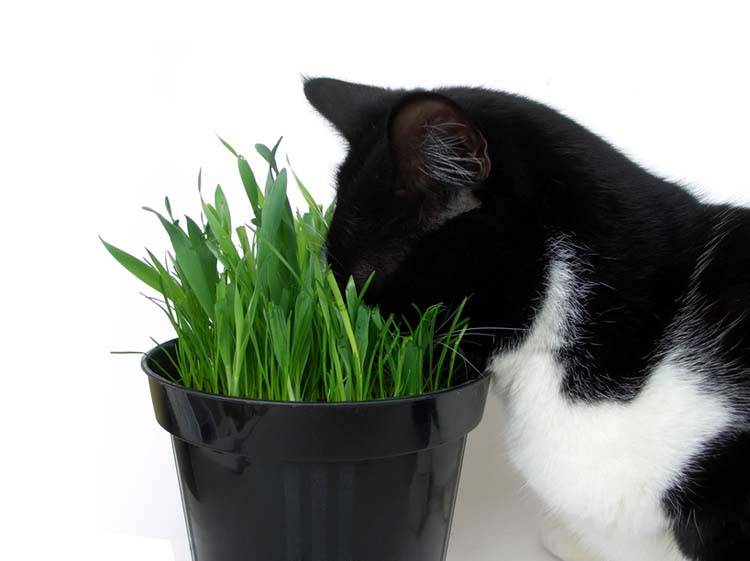Cats and Catnip
Catnip (also known as catmint, cat’s play, catswort, Chi Hsueh Tsao) is a perennial herb. As a member of the mint family, it’s best known for its hallucinogenic effects on cats. Catnip is native to Europe, Africa and Asia plus it grows in some parts of Canada and the Midwestern United States. It not only affects the common house cat, but ocelots, lions, bobcats, leopards, pumas and lynx as well–but not tigers. Rats and mice may dislike catnip and avoid the areas where it grows.
How Cats Respond to Catnip
Your cat’s response to catnip is based on genetics, as some cats (around 30 percent) are not affected by it. The cats who do inherit the catnip gene don’t seem to develop a reaction until around three months of age. In fact, kittens under eight weeks of age usually have an aversion to it and will try to avoid it.
The active ingredient, nepetalactone, found in leaves and stems of the plant are what create the amusing behavioral reactions. Sniffing the catnip will create the first reaction. Cats will sniff, lick and chew on the plant, and roll or rub against it. They may bite it, paw at it, rub against it, roll and jump over the catnip. Purring, salivating, growling, meowing and even hissing may also be a reaction to the catnip. However, not all cats will react the same. Some cats may become aggressive and fight with other cats in the household.
RELATED: How to Read Cat Body Language
Facts About Catnip
Catnip is Not Addicting
The effect usually lasts about 10 to 15 minutes at most. Despite what it appears, catnip is not addicting to cats. There will be no withdrawal symptoms and they can’t overdose on it. Once your cat is done with the catnip, he will simply walk away.
Catnip’s Intense Effect
The reason why exposure to catnip causes such an intense happiness is not really known. It’s believed that the reaction to smelling the nepetalactone causes the cat to eat or bite the stems and leaves, which releases the essential oils. Some experts feel that catnip stimulates a pleasure center that may mimic feline courtship.
Medicinal Use for Humans
Humans use catnip for medicinal uses, such as drinking it like tea. It is believed to help settle an upset stomach, treat insomnia and help headaches. Some cultures use it for muscle pain and toothaches while it can also be used as an aromatic herb in cooking and salads.
Good quality catnip is dark green and smells like mint. It can be purchased from many veterinary hospitals and pet stores. It can be used fresh or dried as an extract, aerosol spray, seeds or dried form. Many cat toys contain catnip. If you’re concerned about the effects of catnip on your cat, contact your local veterinarian and speak to the veterinary assistant with your concerns.
You may also like: Strange Things Cats Eat





